






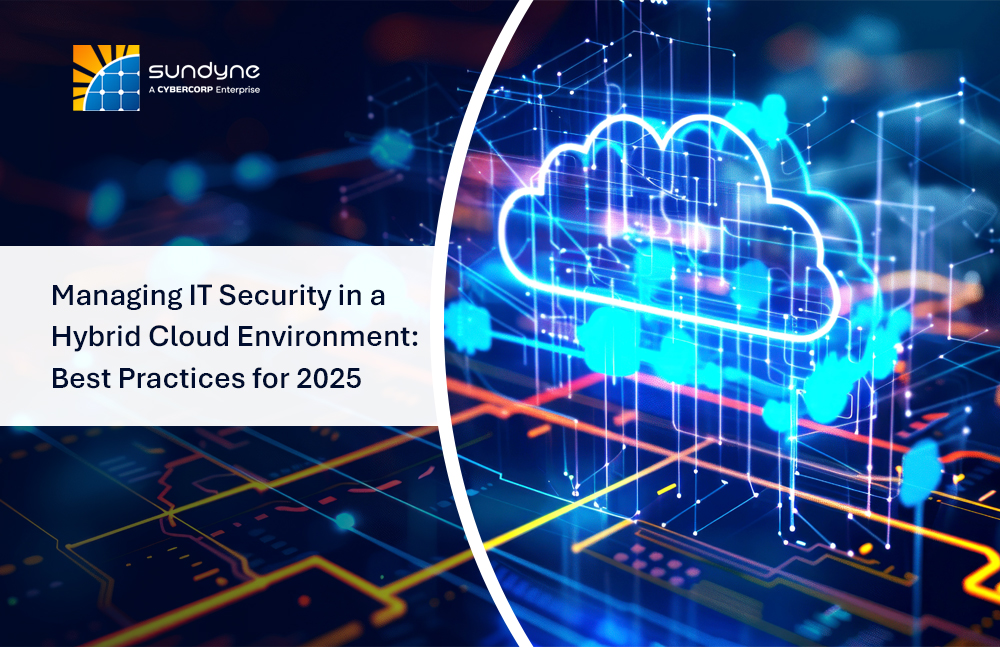
As businesses are looking for more innovative measures to expand in this market, the hybrid cloud security environment has become the powerhouse that fuels scalability and flexibility. However, the hybrid setups increase the security challenges. So, the company must actively maintain cybersecurity in cloud and computer IT security. Organizations that adopt proactive strategies protect sensitive data and maintain regulatory compliance. Companies like Sundyne help businesses detect threats and offer advanced network security monitoring solutions.
A hybrid cloud environment combines private and public cloud infrastructure with an on-premises system. Although this combination enhances agility, it increases the attack surface. Cyber criminals target multiple locations and deploy server protection software. The key security challenges include: –
• Monitoring a complex hybrid network
• Blocking unauthorized access
• Preventing misuse cloud resources
• Managing inconsistent access between the cloud and the on-premises system
It is therefore important for the organization to monitor the internal and cloud network. Relying on reactive measures leaves the vulnerabilities which the attackers can exploit.
The business can safeguard the hybrid cloud environments by adopting a multi layered security approach. Thus, certain strategies must be followed: –
• Deploying Server Protection Software: Hybrid clouds involve cloud-based server and multiple servers. In this respect, server protection software plays a crucial role.
• Implement Network Security Monitoring: Protecting network security monitoring solutions allows the IT team to analyze threats. Moreover, real-time monitoring helps in resolving potential breaches.
• Access Control: The IT team must apply for role-based access control and limit access to only necessary data. They must also implement multifactor authentication to prevent unauthorized entry.
• Regular Security Audits: The IT teams must conduct security audits and identify the weak points. Moreover, training employees on malware prevention and safe cloud practices lowers human errors.
Automation is expected to expand more in the coming days. Usage of the best cyber software with AI capabilities ensures faster threat detection. The intelligent tools not only lower the manual work but also reduce the response time at the time of security events. It is ensured that the critical system remains protected at any time.
An endpoint is a frequent target in a hybrid ecosystem. Every connected device such as a mobile or laptop, acts as an endpoint for the attackers. Here, the server protection software plays a crucial role in conducting frequent patch updates. It further ensures that the system remains updated. Organizations should regularly update and test the applications to eliminate vulnerabilities of potential code. This makes the IT team create an integrated security perimeter that covers the endpoint effectively.
Modernized cyber-attacks are automated and sophisticated. Thus, the threat intelligence has become important. By integrating intelligence feeds into network security monitoring solutions, businesses can respond and detect threats. It further allows the IT leader to have an idea of defence strategies. With expert solutions such as that of Sundyne, the organizations can build a complaint and secured cloud infrastructure.
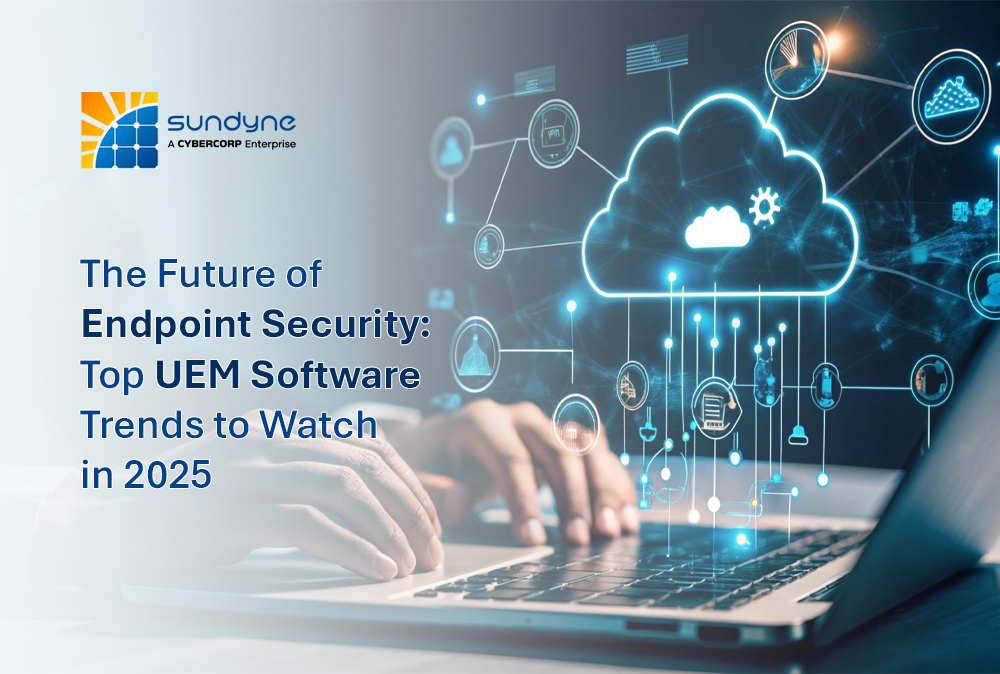

Sundyne Technologies
November 6, 2025
As the digital transformation accelerates, organisations have faced an expanding array of endpoints, platforms and devices. Starting from laptops to…
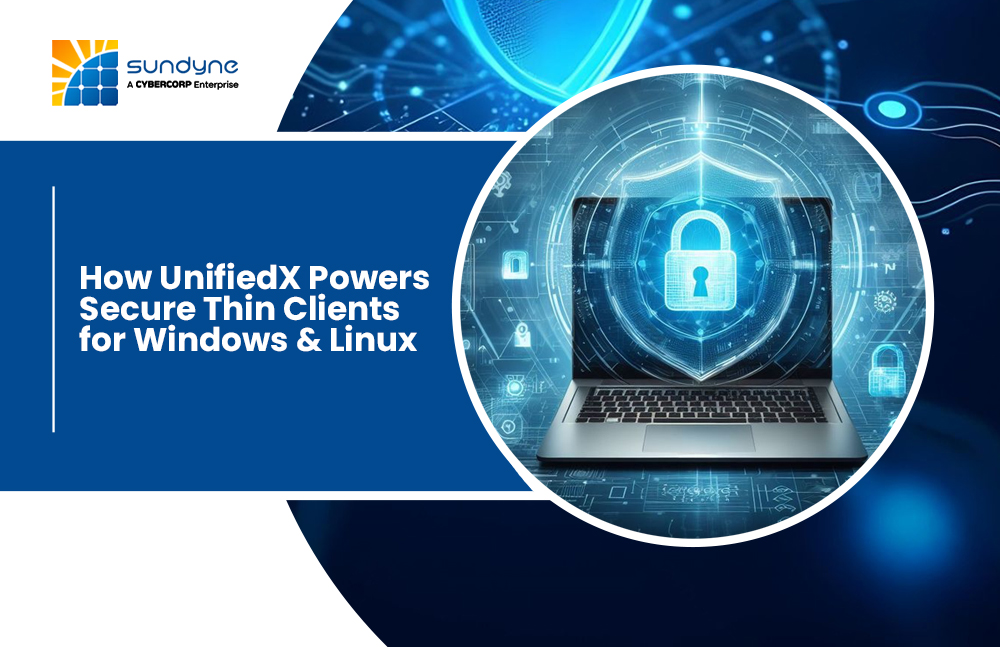

Sundyne Technologies
October 22, 2025
In today’s digitalise world, most of businesses are changing rapidly and are adopting cloud infrastructure. Moreover, virtual desktop environments are…


Sundyne Technologies
October 14, 2025
Businesses are changing the way they connect and communicate with their audience. This shift led to the adoption of…
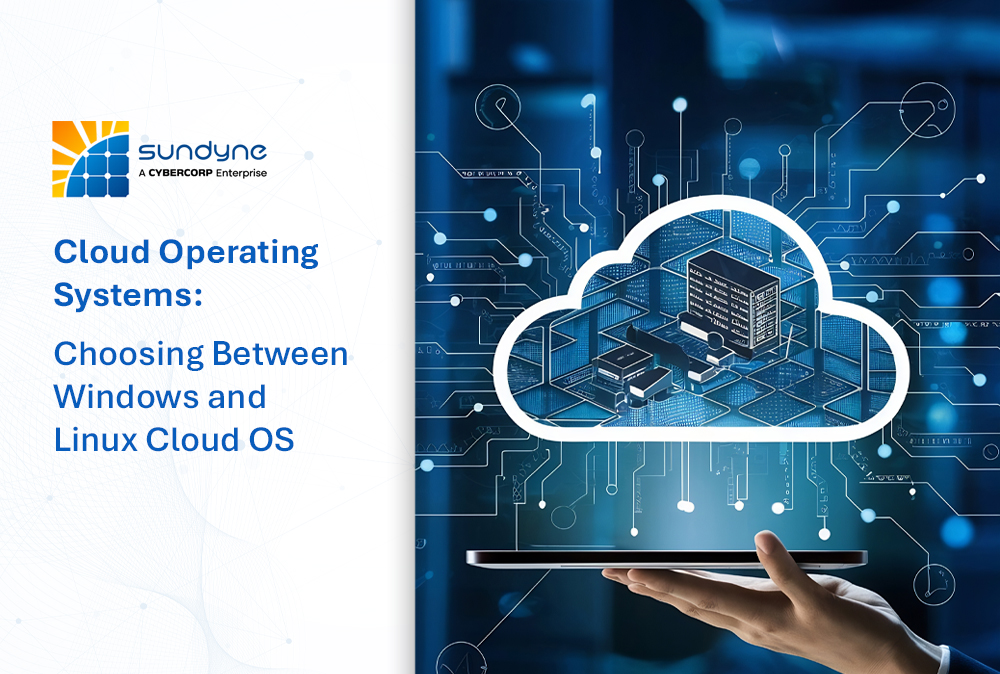

Sundyne Technologies
October 9, 2025
In today’s digital landscape, different organizations are moving their workload to the cloud for better scalability and flexibility. Selecting…
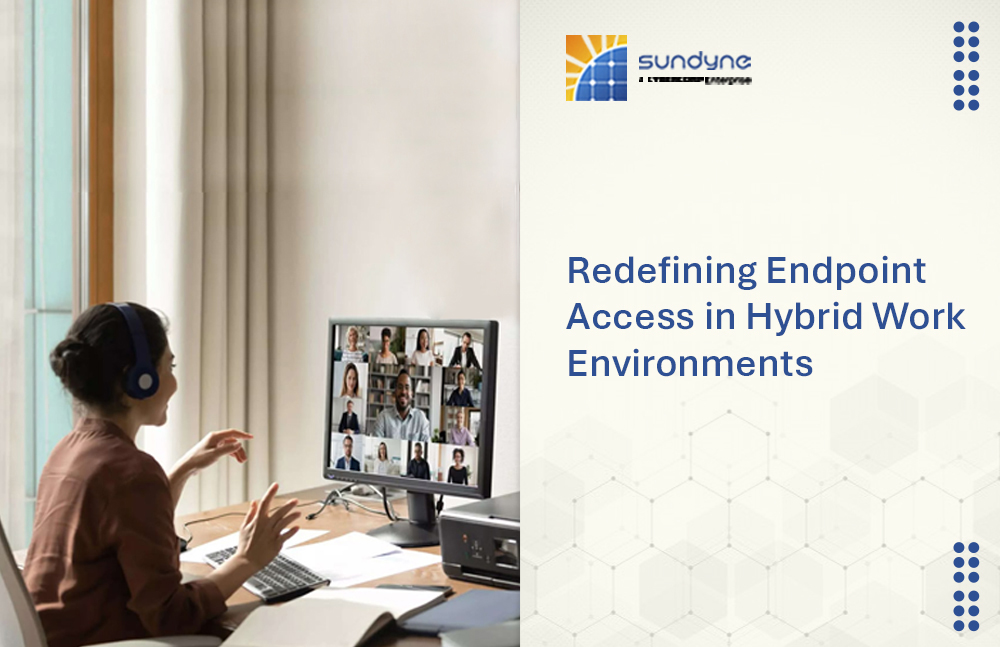

Sundyne Technologies
September 26, 2025
Zero-trust endpoint security is changing the current dynamic workplaces, with hybrid work, which is a combination of onsite work…